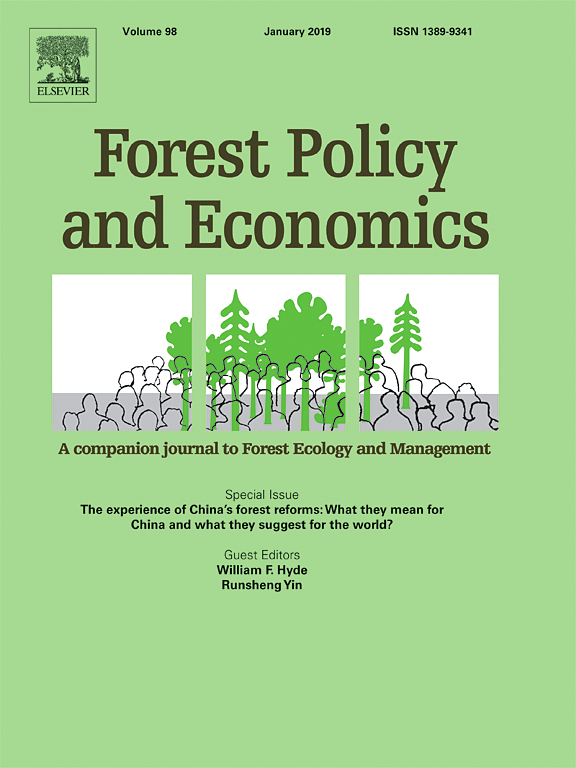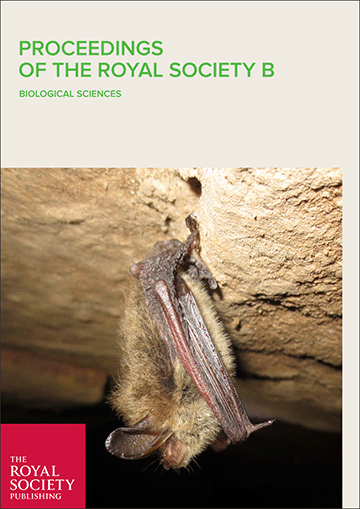Global land use/land cover change is dominated by the expansion of cash crops plantations, replacing natural ecosystems (Kongsager and Reenberg, 2012; Meyfroidt et al., 2013; Xiao et al., 2015; Su et al., 2016). In the tropics between 1980 and 2000, more than half of the new agricultural land was established at the expense of intact and disturbed forests (Lambin and Meyfroidt, 2011). International trade is an important factor in this process. In fact, countries that experience a net growth of forest areas such as Vietnam, Bhutan, France and China do so because through food and timber imports, they can 'export' deforestation and the expansion of cropland to countries with high deforestation rates such as Indonesia and Brazil (Meyfroidt et al., 2010). The situation where demands in distant places significantly influence local land use at the place of production is described as 'land teleconnections' (Haberl et al., 2009; Seto et al., 2010), or the displacement (or leakage) effect (Meyfroidt et al. 2010; Lambin and Meyfroidt, 2011).
Download:
DOI:
https://doi.org/10.1016/j.landusepol.2020.104616
Altmetric score:
Dimensions Citation Count:

























